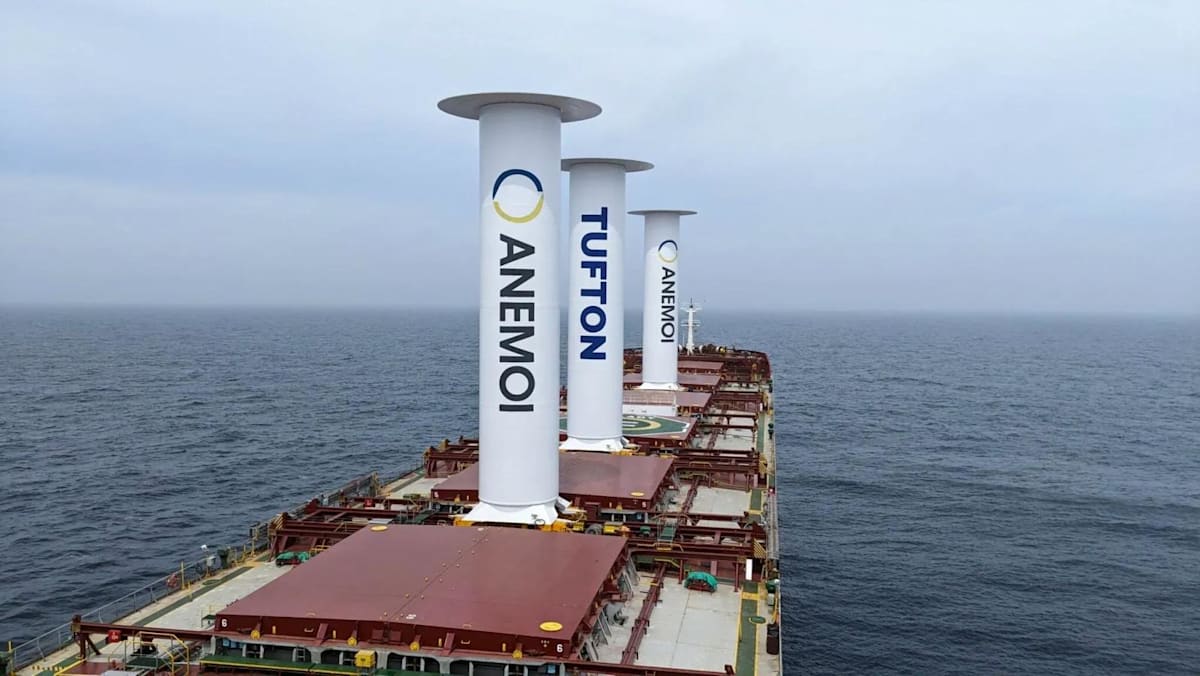Academics studying how to decarbonise the shipping industry have broken the strategies down into three broad categories: Converting ships to run on electricity instead of fossil fuels, increasing efficiency using wind power, and using synthetic fuel.
Tristan Smith, a professor at University College London’s Energy Institute, said electrifying vessels is most effective for short trips.
One example is crossing the English Channel between Dover in Britain and Calais in France, which takes at least 90 minutes across about 34 km. Batteries can easily last the journey and be recharged at ports.
For longer voyages, ships will still need liquid fuel alongside electricity and wind power. Hence, a substitute to fossil fuel must be found.
Smith said he believes the best candidate for alternative fuels is ammonia, which can be put in a modified diesel ship engine, and can be burned with 1 to 2 per cent of the warming impact of a conventionally fuelled engine.
“Fundamentally, it’s the cheapest way to produce a liquid fuel that is scalable and capable of meeting the 200 million tonnes of oil consumption that the sector has at the moment. And it’s the cheapest to store it as well, which is very important,” he added.
However, he said challenges remain in creating the supply chain on land that could produce the vast quantities of ammonia needed, and passing the policies that will mobilise the hundreds of billions of dollars needed to do that.
